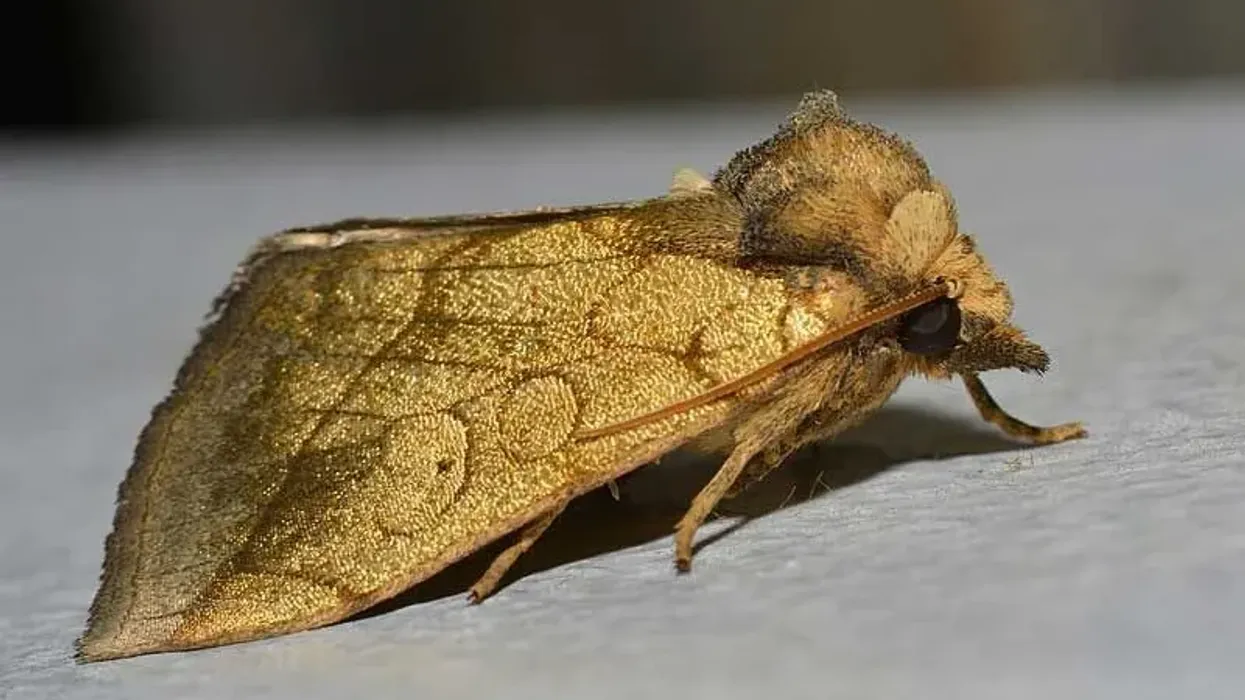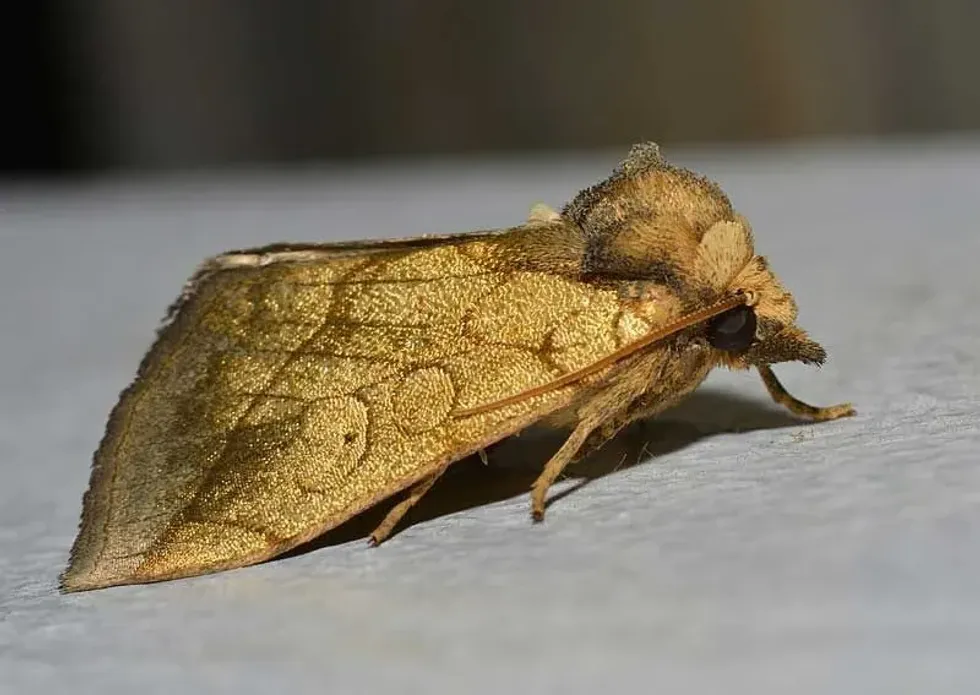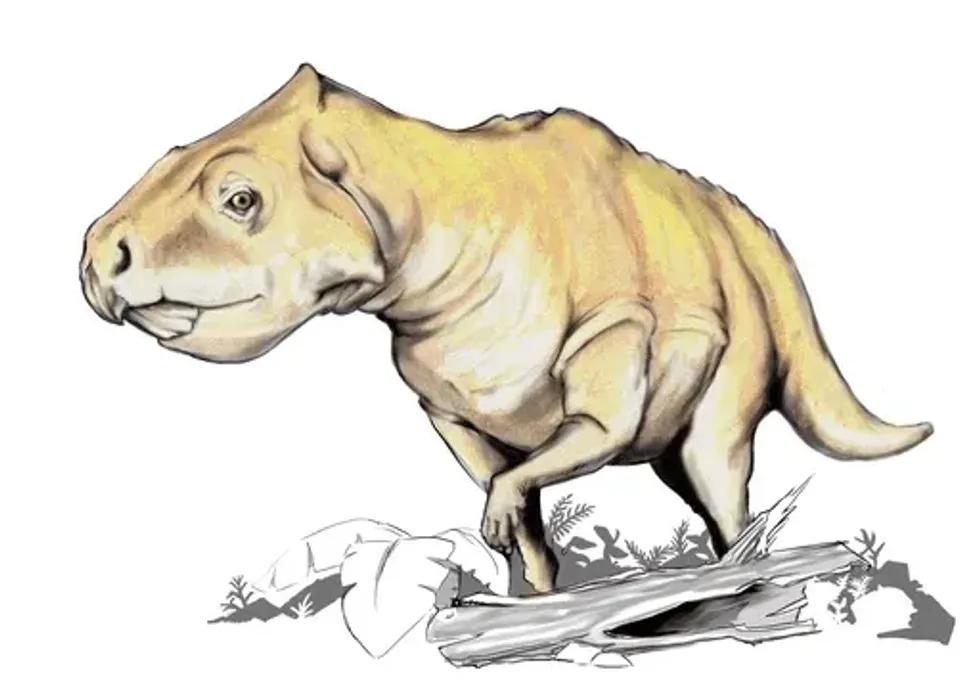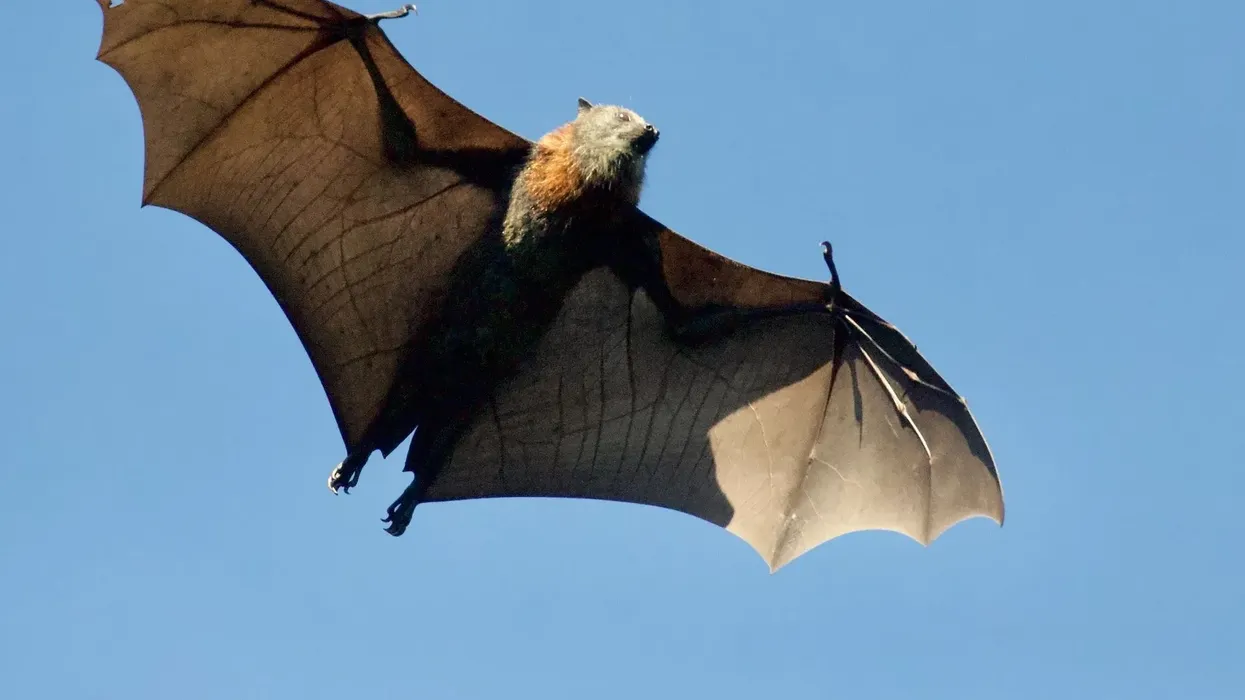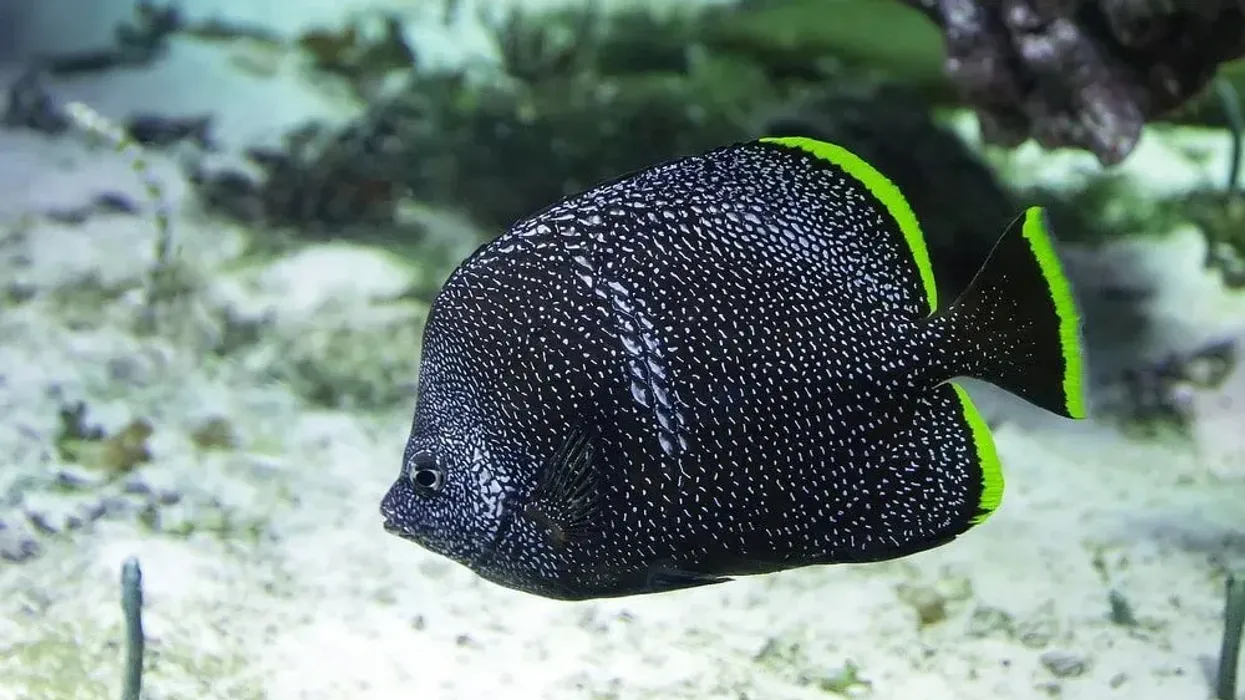If you ever find a gold shimmer on branches of plants or flowers, it might just be this fantastic moth!
Achille Guenee first documented this species of gold moth (Basilodes pepita) in 1852 found in North America and the Basilodes pepita (gold moth) is from the owlet moth group commonly known as Noctuidae. Noctuidae is the second largest family in the order Lepidoptera, which has 1089 genera and 11772 species.
This owlet moth also has different names as cutworms and armyworms.
Both cutworm and armyworm signify the behavior of the larvae of this group which form destructive swarms and cut the stems of their host plants. Adults are active in the months of July to August and this may extend to September.
The third to fourth week of August is known as the flight period for this animal, and this is the best time to do surveys to gather more information about them.
Do you enjoy learning about different bugs? Then check out our articles to know more interesting facts about common wasps and glow worms.
Gold Moth Interesting Facts
What type of animal is a gold moth?
A gold moth is an owlet moth in the Noctuidae family. These moths are herbivores and exhibit nocturnal behavior, and they rely on a host plant to survive. This moth is rare and therefore there is very little knowledge of its life history and ecology available.
What class of animal does a gold moth belong to?
Gold moths (B. pepita) belong to the Lepidoptera order (the butterflies and moths order), the Noctuidae family, genus Basilodes, and class Insecta.
How many gold moths are there in the world?
There are very few studies conducted on this species of Basilodes pepita. Therefore not much information is available on their exact population size.
Where does a gold moth live?
The Basilodes pepita species lives in wet swamps and open habitats where the host plant Verbesina alternifolia is found abundantly. As long as their habitat has wetlands with a good amount of host plants, it is sufficient for this moth to survive.
What is a gold moth's habitat?
Gold moths prefer lowlands, hardwoods, water swamps, and floodplains with abundant wing stems (Verbesina alternifolia). During the larval stage, this moth needs a host plant stem to sustain its life.
Specific host plants are found in floodplain, forest, and hardwood swamps habitats commonly found in North America and Canada, particularly in North Carolina. These moths also can be found in longleaf pine savannas, peaty wetlands, and the dense forests of the coastal plain of Piedmont.
Who does the gold moth live with?
This gold-colored moth species is herbivorous, and it depends on its host plant for life support. It can also coexist with the same species or other higher or lower-end species without any disturbance.
How long does a gold moth live?
The exact life span of this moth from North America is not documented. However, in the Lepidoptera family of owlet moths, the life span of these moths range from 36-37 days.
How do they reproduce?
Noctuidae owlet moths exhibit nocturnal activities. Depending on the species, female moths produce 300-1500 eggs after mating. Eggs are spherical and are a soft cream color. These eggs hatch and a gold moth caterpillar comes out. These black and orange-gold moth caterpillars enter the pupa stage by forming cocoons and become adults through metamorphosis.
What is their conservation status?
The IUCN has not evaluated the conservation status of these Basilodes pepita moths.
Gold Moth Fun Facts
What does a gold moth look like?
An adult gold moth is a medium-sized moth with a wingspan of 1.4-1.8 in (3.5- 4.5 cm). Their upper wings are a shimmering gold color with brown lines and spots. Their forewings have dark spots on each wing and their hindwings are dark brown. Their thorax consists of thick hair, in the same color of their hind wing.
In addition, gold moth caterpillar identification is easy due to its attractive color pattern. They have a black body with an orange redhead, thick orange-red spots on the sides of the body, and white spots above the legs.
In the larval stage, the caterpillar is an aggressive feeder and they can be described as pests as they often destroy plantations (especially their host plant).

* Please note that this is an image of the gold moth caterpillar, not the gold moth. If you have an image of the gold moth, please let us know at hello@kidadl.com.
How cute are they?
Adults have a shimmer gold color, which is attractive. They are even cuter than many butterflies. Even though gold moth caterpillars are considered pests, they also have bright color patterns which make them look quite cute!
How do they communicate?
Gold moths exhibit nocturnal behavior, and in the dark, they use an echolocation sensory system to fly and communicate.
How big is a gold moth?
Gold moths measure 0.7-0.94 in (18-24 mm), which is 20 times bigger than a fairy wasp.
How fast can a gold moth fly?
Generally speaking, moths can fly at a speed of 35 mph (56.3 kph).
How much does a gold moth weigh?
The exact weight of the Basilodes pepita is not documented. However, based on their structure and size, we can estimate that they will weigh almost a negligible amount.
What are the male and female names of the species?
The Basilodes pepita species does not have specific names for male moths and female moths.
What would you call a baby gold moth?
The baby gold moth has two larval stages: one is as a caterpillar, and the other is as pupae. These larval stages are typical for the Insecta class.
What do they eat?
The gold moth is a herbivore whose diet consists of flowers, leaves, seeds, and stems of its host plant. The gold moth caterpillar feeds on Verbesina alternifolia primarily.
Are they poisonous?
Gold moths, just like any moths, do not bite. The mouthparts on their head are only capable of sucking.
However, the gold moth caterpillar has tiny teeth as it feeds aggressively on host plants. The gold moth caterpillar might sting but does not bite. These moth stings may not be poisonous, but consuming the moths themselves can be poisonous, and can even kill humans.
Would they make a good pet?
This gold-winged moth looks beautiful, but it cannot be kept in closed, confined spaces. Also, adults may only survive for a month as they have a minimal life span.
Did you know...
A giant silk moth, also known as Lonomia obliqua, from South America is one of the deadliest moths to exist. Even their caterpillars have spiky venomous hair! Though its venom may not be powerful enough to kill a person, it may result in an anaphylaxis allergy response.
The gold luna moth is rare in nature, but its adult period is very brief, lasting just five to seven days, as its sole mission is to mate and lay eggs before it dies.
To many people, gold moths symbolize rebirth, change, or transformation.
What is the rarest moth?
The Lymantrine moth (Scientific name: Lymantriinae) is one of the rarest moths in the world, and it is difficult to capture as it is transparent!
What is special about moths?
Moths can be said to have a special place in the ecosystem as they help and provide ecological benefits such as acting as pollinators and serving as food to birds, bats, and even people. Overall they have a good, positive effect on their enviornment.
Their defense mechanisms are also pretty special. For example, the tiger moth has a defense mechanism that allows it to produce ultrasonic clicking sounds. Some moths even mimic other animals as a safety mechanism, like the praying mantis, tarantulas, or even bird droppings!
Lastly, male giant silk moths do not have a nose. However, they have sensory antennas to detect odor molecules. These moths can sense female moths from 7 mi (11.2 km) apart. Fascinating right?
Here at Kidadl, we have carefully created lots of interesting family-friendly animal facts for everyone to discover! Learn more about some other insects from our luna moth facts and wasp facts pages.
You can even occupy yourself at home by drawing one on our free printable gold moth coloring pages.

